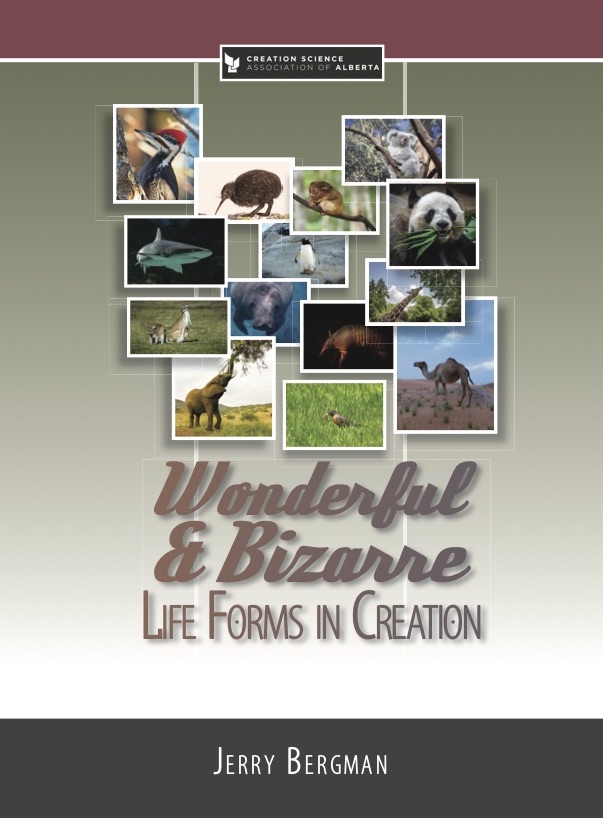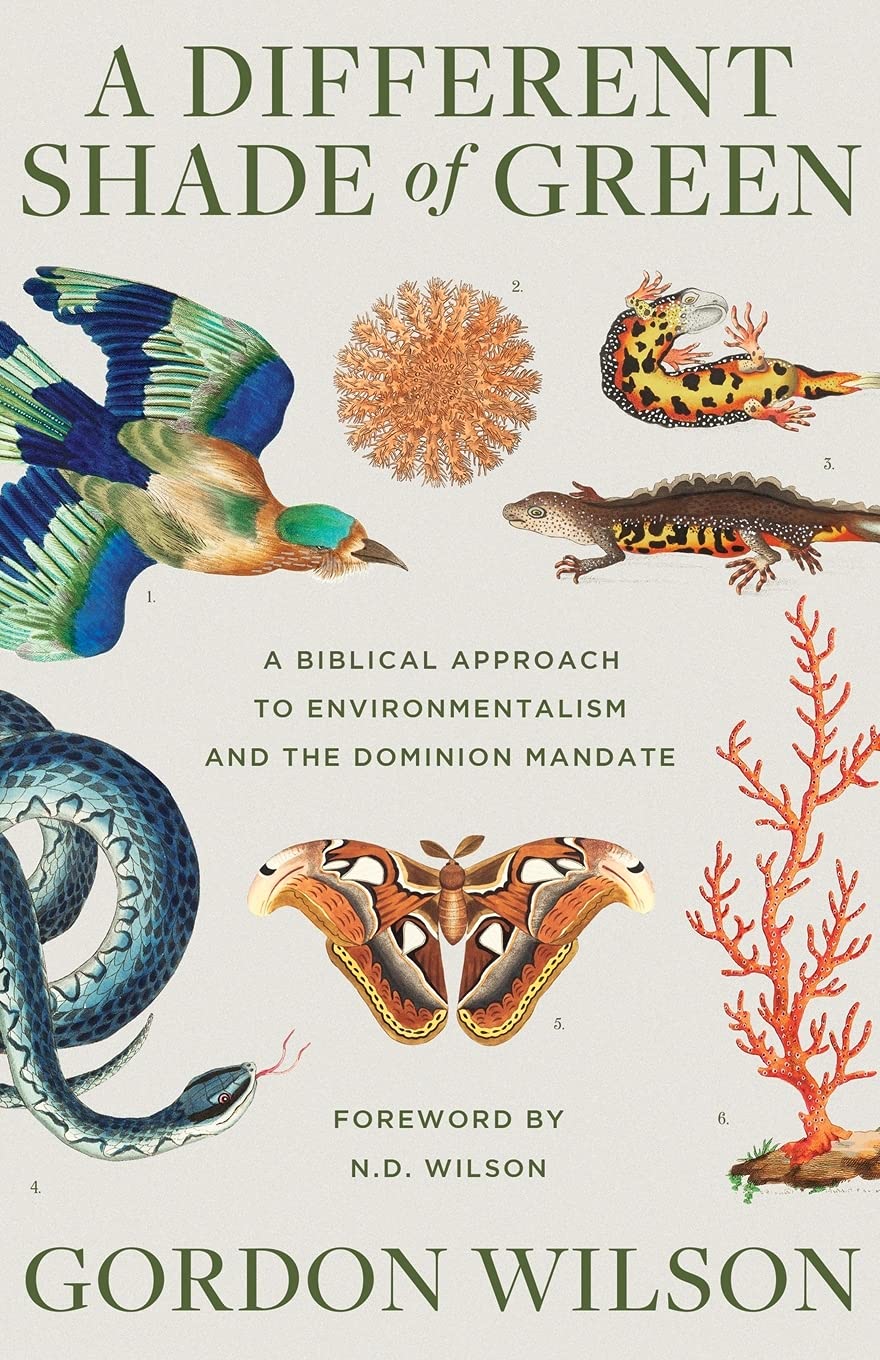In many parts of North American, the most common wild mammals one sees are rodents in the order Rodentia. The largest known modern rodent is the South American semiaquatic capybara, which can grow to be 107 to 134 cm (3.51 to 4.40 ft) long, 50 to 64 cm (20 to 25 in) tall and typically weighs 35 to 66 kg (77 to 150 lb). Rodents are classified in one of the most successful mammalian groups today (Churakov et al. p. 1315).
Rodents are defined by zoologists as mammals having a single pair of deep-rooted constantly growing upper and lower jaw incisors –– an unusual feature among mammals. The order is huge, over 40 percent (an estimated 1,700 to 2,300) of all mammal species are rodents (Hartenberger p. 1). They have colonized every continent and most islands, including even many small islands (Benton, p. 354; Churakov et al. p. 1315).
Furthermore, their adaptability seems to know no bounds, as can be seen from the way in which mice, rats, and squirrels exhibit a variety of behavior patterns which enable them to coexist in the modern human landscape (Benton pp. 354-355). Rodents are for all these reasons considered evolutionarily very successful due to their large numbers and ability to not only survive, but thrive, in country and city alike. Reasons for their enormous success include their small size, short breeding cycles, and an ability to survive on a very flexible diet.
From “the point of view of studies in evolution … rodents are among the most important orders of mammals” (Wood p. 154). Of interest to creationists is their sudden appearance in the fossil record as fully modern rodents. There are no traces of any ancestry linking them to non-rodent ancestors. Rodents are postulated by evolutionists to date back to 70 million years ago, and have an excellent fossil record (Churakov et al. p. 1315).
As a result of a lack of fossil evidence to the contrary, paleontologists are free to speculate about rodent evolution. For this reason, paleontologist Michael Benton noted that “The phylogeny [evolutionary history] of rodents is controversial” (p. 359). Paleontologist Barbara Stahl added that because of the lack of fossil evidence for their evolution “Paleontologists have had…difficulty in constructing a phylogenetically correct classification scheme for the rodents” (p. 471). Furthermore, there exist “striking differences between” squirrels, beavers, and geomyoids “as far back as they have been traced” in the fossil record (Wood p. 157). Because of a lack of fossils connecting different rodents in an evolutionary scheme, of all the “orders of mammals, the rodents are the most difficult to classify” (Colbert et al. p. 366). Dr. A. E. Wood, a leading student of fossil rodents, concluded that “The current status of rodent phylogeny and classification is such that anyone can point out inconsistencies in anybody else’s classification” (quoted in Colbert et al. p. 366).
The first appearances of rodents in South America were dated by evolutionists to about 34 million years ago (Antoine et al. p. 1319). Several fossils have been claimed to be ancestors to rodents and, due to the lack of evidence for any one potential fossil ancestor, all have their supporters and detractors. Some of the latest evolutionary candidates for rodent ancestors include the Eurymylidae, found in Asia dated to the early Tertiary, and fossils of mouse-size, 100 percent rodents discovered in South America.
The two main theories of rodent evolution are the primate and palaeoryctoid hypotheses (Hartenberger p. 18). The main evidence for the primate hypothesis is the discovery of the Paleocene primate Plesiadapis. The main argument against this theory is that plesiadapids are now known to be far less primitive than first assumed (Hartenberger p. 17). The same problem exists with the palaeoryctoid hypothesis.
Evolutionists also postulate that a eurymyolid called Heomys may be a possible ancestor of rodents. Meng et al. concluded that “rodents are first known from many localities of the latest Paleocene-earliest Eocene age in Asia and North America. They are widely considered to have originated in Asia based on the occurrence there of eurymylids, their perceived nearest relatives” (Meng et al. p. 136).
Other experts argue that Heomys are too advanced and their appearance in the fossil record is far too late to be a rodent ancestor. From the fossil evidence they appear to be very similar to modern rodents and are obviously just an extinct rodent variety. Other eurymylids, such as Matutinia, Rhombomylus, and Eurymylus, are now all also considered either rodent varieties and not directly ancestral to rodents, or morphologically too different from rodents to be their ancestor (Meng et al. 2003; Hartenberger pp. 20-21). What the fossil record shows is not evolving rodents, but rather that a large number of rodents have become extinct.
DNA research has not been much help in resolving rodent evolutionary history either. One study of rodent phylogenetic trees based on DNA provides very conflicting results among both proposed lines of descent and with the fossil record (Churakov et al. p. 1316).
The fossil record has documented that rodents have become smaller in size in our modern world. One of the largest extinct rodents known, Tigasia monesi, weighed as much as 2,200 pounds (Rinderknecht and Blanco p 923). It is based on an “exceptionally well-preserved skull” and is a member of family Dinomyidae. About 50 fossil species of Dinomyidae are known, allowing a good understanding of this extinct rodent family (Rinkerknecht and Blanco p. 923). Another rodent, Phoberomys pattersoni had a body mass of 700 kg (1500 pounds), about ten times the mass of the largest known living rodent (Sánchez-Vilagra et al p. 1708).
North America was also home to an extinct giant beaver (Castoroides), growing over eight feet long and weighing 220 pounds (100 kg), close to the weight of a modern black bear. Its incisors were almost six inches long.
In 1947 Wood said that “nothing can be stated as to the origin of the rodents, other than that they appear to have separated from the basal placental stock” eons ago (p. 154). The same conclusion is still largely true today even though their fossil record is now far better than it was in 1947. A recent international symposium on rodent evolution concluded that “the gap between rodents and other mammals is so extensive that search for a hypothetical ancestor of rodents was never strongly attempted, and only imprecise hypotheses have been proposed concerning the origins of rodents” (Hartenberger pp. 15,17).
As of 2014 this conclusion has not changed. Along with openly questioning the extreme dates given by evolutionists, creationists maintain the obvious fact, based on the evidence, is that rodents have always been rodents, created on Day Six thousands of years ago.
References
Antoine, Pierre-Olivier et al. 2011. “Middle Eocene Rodents from Peruvian Amazonia Reveal the Pattern and Timing of Caviomorph Origins and Biogeography.” Proceedings of the Royal Society B: Biological Sciences, 279(1732):1319-1326, April 7.
Benton, Michael. J. 2005. Vertebrate Paleontology, 3rd ed. Malden, MA: Blackwell Science,
Churakov, Gennady et al. 2010. “Rodent Evolution: Back to the Root.” Molecular Biological Evolution, 27(6):1315-1326.
Colbert, E. H. et al. 2001. Colbert’s Evolution of the Vertebrates, 5th ed. New York: Wiley-Liss.
Hartenberger, Jean-Louis. 1985. “The order Rodentia : Major questions on Their Evolutionary Origin, Relationships, and Suprafamilial Syatematics.” Evolutionary Relationships among Rodents. Edited by Patrick Luckett and Jean-Lewis Hartenberger. NY: Plenum Press. pp. 1- 34.
Huchon, Dorothée, et al. 2000. “Variance of Molecular Datings, Evolution of Rodents and the Phylogenetic Affinities between Ctenodactylidae and Hystricognathi.” Proceedings of the Royal Society of London. B, 267:393-402.
Meng, Jim, et al. 2003. The Osteology of Rhombomylus (Mammalia, Glires): Implications for Phylogeny and Evolution of Glires. Bulletin of the American Museum of Natural History. 275: 1-247.
Meng, Jin, et al. 1994. “Primitive fossil rodent from Inner Mongolia and its implications for mammalian phylogeny.” Nature. 370;6485: 134-136.
Rinderknecht, A. and R. E. Blanco. 2008. “The largest Fossil Rodent.” Proceedings of the Royal Society of London B. 275 (1637): 923–928.
Sanchez-Villagra, M. et al. 2003. “The Anatomy of the World’s Largest Extinct Rodent.” Science. 301 (5640): 1708-10.
Sherwin, Frank M. 2012 “Rodents Have Always Been Rodents.” Acts & Facts.
Stahl, Barbara. 1974. Vertebrate History: Problems in Evolution. New York: Dover.
Oldest Fossil Rodents in South America Discovered. ScienceDaily. Posted on sciencedaily.com October 11, 2011, accessed May 18, 2012.
Wilson, Robert W. 1986. “The Paleogene record of the rodents : fact and interpretation”, Vertebrates, Phylogeny, and Philosophy. Editors Flanagan, Kathryn, M. Laramie,Wyoming: University of Wyoming, Department of Geology and Geophysics. 163-173.
Wood, Albert E. 1947. “Rodents – A Study in Evolution” Evolution 1 (3): 154-162.
Jerry Bergman
July 2014
Subscribe to Dialogue







